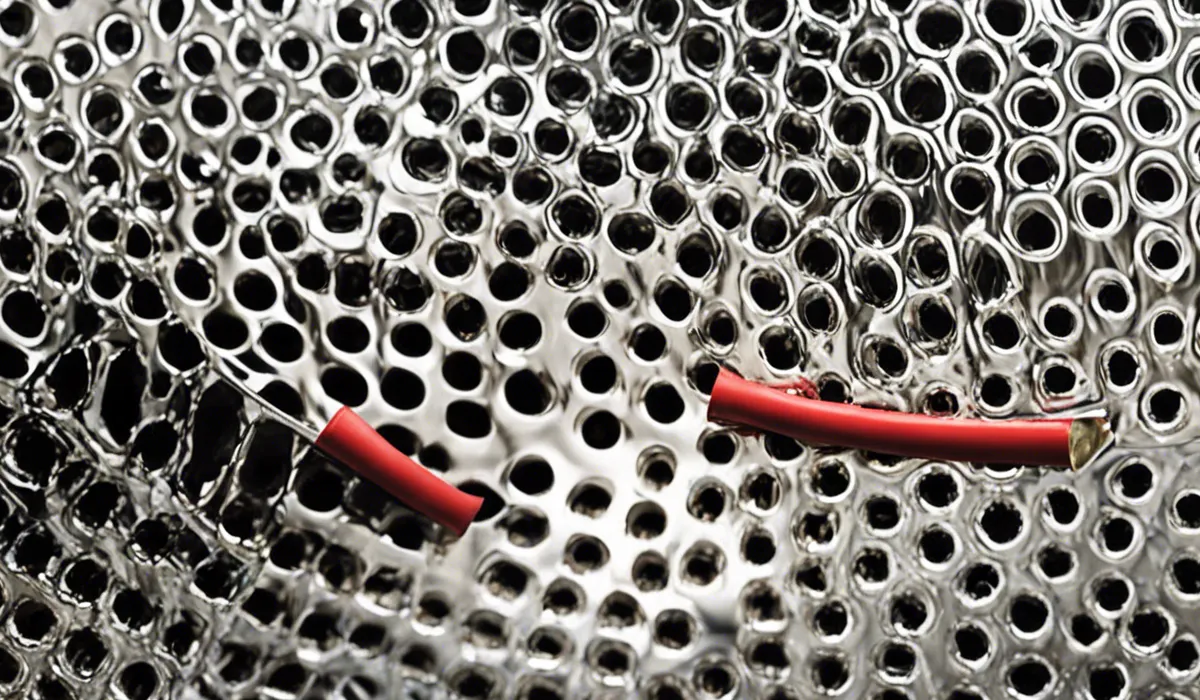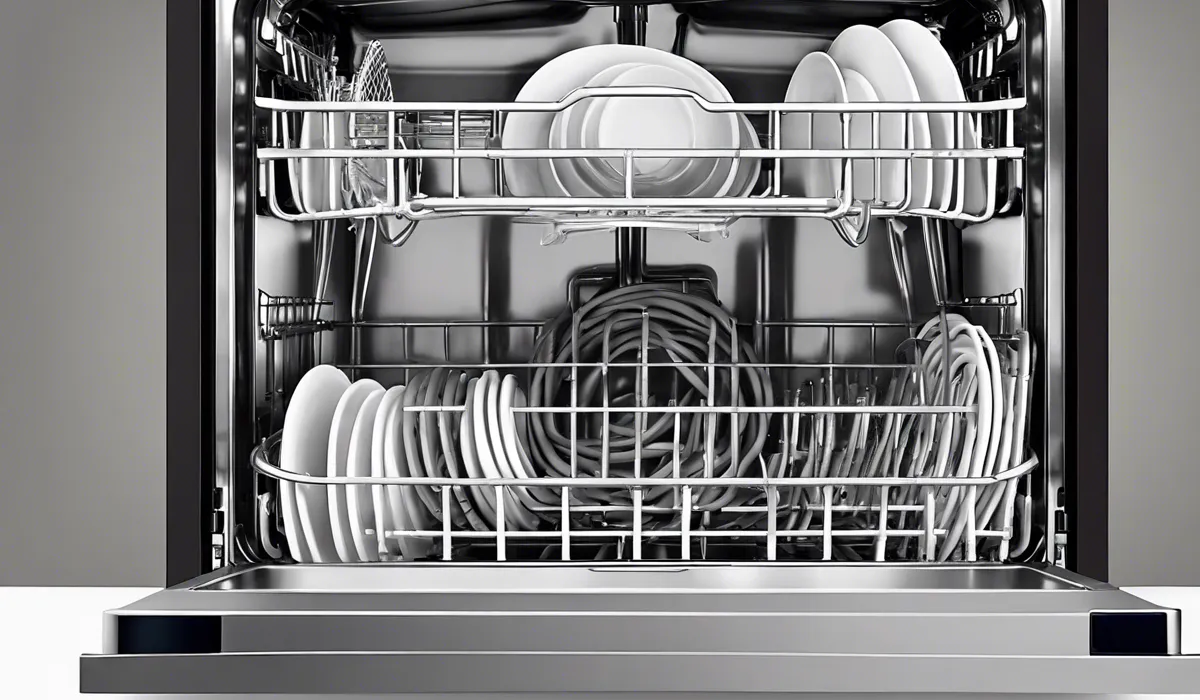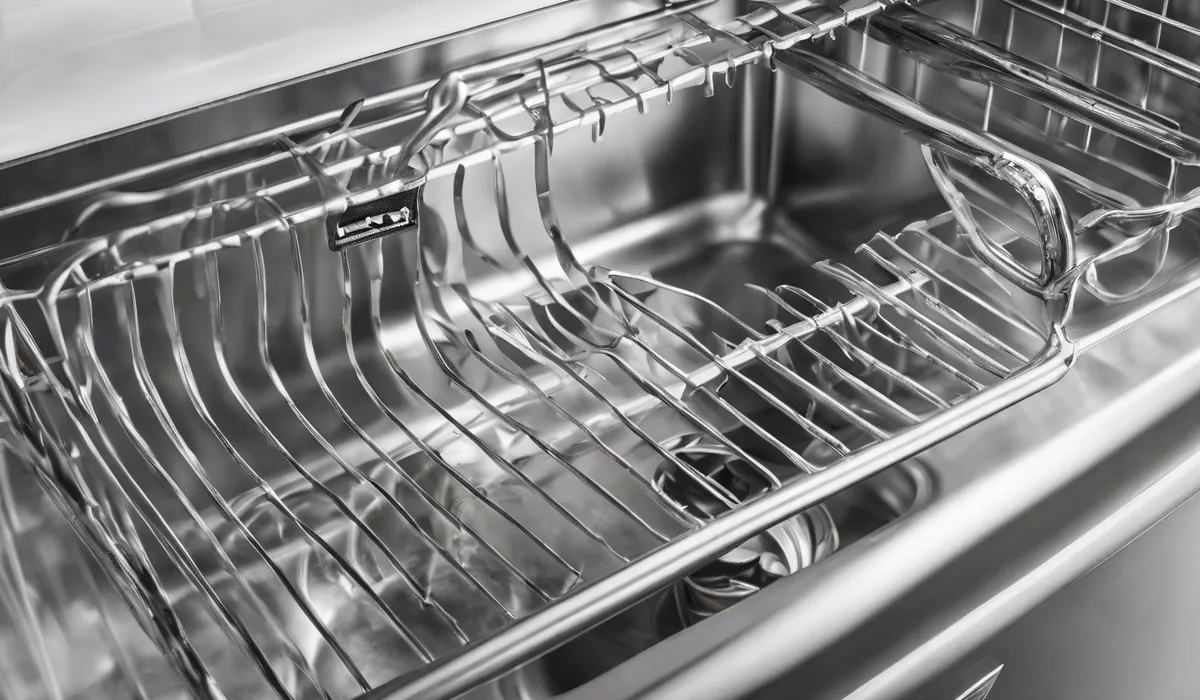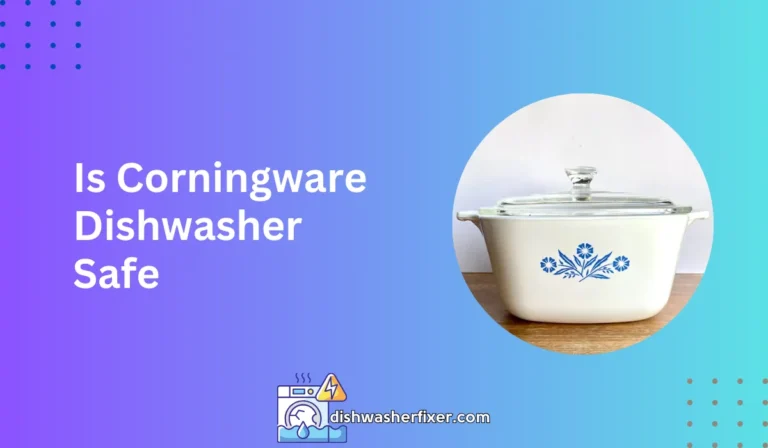How to Cut Dishwasher Drain Hose: Quick & Easy Guide
To cut a dishwasher drain hose, measure the desired length, mark it, then use a sharp utility knife or hose cutter to slice through the hose cleanly. Ensure the cut is straight to avoid leaks. Smooth any rough edges before attaching the hose.
Understanding the Basics of a Dishwasher Drain Hose

What Is a Dishwasher Drain Hose?
A dishwasher drain hose is a flexible tube that carries wastewater from the dishwasher to the kitchen sink drain or garbage disposal.
It plays a critical role in the functionality of your dishwasher, ensuring dirty water is efficiently removed after each wash cycle.
Function of the Drain Hose
The drain hose is essential for preventing water from stagnating inside the appliance, which can lead to unpleasant odors or potential damage.
It connects to the dishwasher’s pump, which forces water through the hose and into the drainage system of your home.
Identifying Your Drain Hose Type
Drain hoses come in various materials and sizes. Common types are made from flexible plastic, rubber, or reinforced braided hoses. It’s important to identify the type you have as it may affect the tools and methods you’ll use to cut it.
Safety Precautions
Before beginning any work on your dishwasher, prioritize safety by turning off the power supply to avoid any electrical hazards. Also, make sure you have protective gloves to prevent any injuries while handling tools and the hose itself.
Tools Required for Cutting
The primary tools needed for cutting a dishwasher drain hose include a sharp utility knife or a specialized hose cutter. Both can provide a clean, straight cut, which is vital for preventing leaks.
Preparing to Cut the Dishwasher Drain Hose

Ensuring Electrical Safety
Before you start, unplug the dishwasher from the electrical outlet to ensure your safety. If the dishwasher is hardwired to your electrical system, turn off the circuit breaker that controls it.
Locating the Drain Hose Connection
Locate where the drain hose attaches to the dishwasher. This is typically at the rear or the bottom of the unit. You may need to remove the kickplate or access panel to reach the hose connection.
Draining Residual Water
Before cutting, ensure all residual water is drained from the hose to avoid spills. You can do this by placing a pan or bucket underneath the hose as you disconnect it from the dishwasher or sink.
Measuring and Marking
Measure the required length of hose you need, considering the path it must take from the dishwasher to the drain. Mark the spot where you will make the cut with a marker or a piece of tape.
Securing the Hose
Secure the hose to prevent it from moving while you cut. You can use a clamp or have someone hold it steady for you. Make sure it is on a stable surface that won’t be damaged during the cutting process.
The Cutting Process and Post-Cutting Steps

Guide to Cutting the Hose
Using the utility knife or hose cutter, carefully slice through the marked area on the hose. Keep your fingers away from the cutting line, and apply pressure evenly to ensure a straight cut. This step is crucial as an uneven cut can lead to leaks.
Choosing the Right Cutting Tool
Select a sharp utility knife or a hose cutter designed for the material of your drain hose. These tools will help you achieve a clean cut without fraying the edges of the hose, which could compromise the connection.
Smoothing the Cut Edge
After cutting, inspect the edge of the hose. If there are any rough spots or uneven areas, use sandpaper to smooth them out gently. This will ensure a better seal when you reattach the hose.
Reattaching the Hose
Once the hose is cut and smoothed, reconnect it to your dishwasher or the new fitting. Ensure the hose clamp is securely fastened to prevent any water from leaking out during operation.
Checking for Leaks
After everything is reconnected, run a short cycle to check for leaks at the cut. Make sure the hose is fitted properly and there are no drips. If any leaks are detected, tighten the clamps or check the seal to ensure it is watertight.
FAQs About Cutting a Dishwasher Drain Hose
What is the best tool to use for cutting a dishwasher drain hose?
A sharp utility knife or a specialized hose cutter is the best tool for cutting a dishwasher drain hose.
How do I ensure the cut on my dishwasher drain hose is straight?
Measure and mark the desired length before cutting, and use a straight edge if necessary to guide your cutting tool for a straight cut.
What should I do if the edges of the cut hose are rough?
Smooth any rough edges with sandpaper or a file after cutting to prevent leaks and ensure a proper fit.
How do I measure the dishwasher drain hose before cutting?
Use a tape measure to determine the required length of the hose, then mark the hose at the appropriate length before cutting.
Is it important to cut the dishwasher drain hose to a specific length?
Yes, it is important to cut the hose to the right length to ensure proper drainage and to avoid kinks or loops that can cause blockages.
Final Thoughts
Cutting a dishwasher drain hose requires precise measurement and marking of the desired length. A sharp utility knife or hose cutter is essential for a clean, straight cut, which is crucial to prevent leaks.
After cutting, it’s important to smooth out any rough edges to ensure a secure and leak-free connection when attaching the hose.





